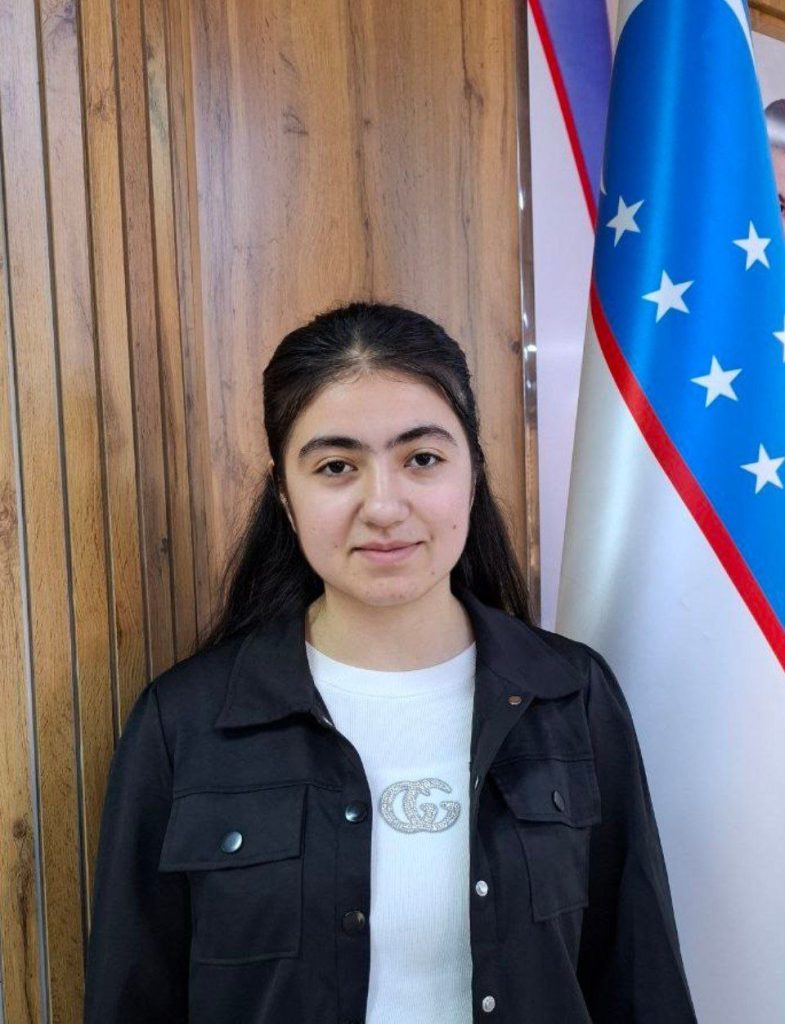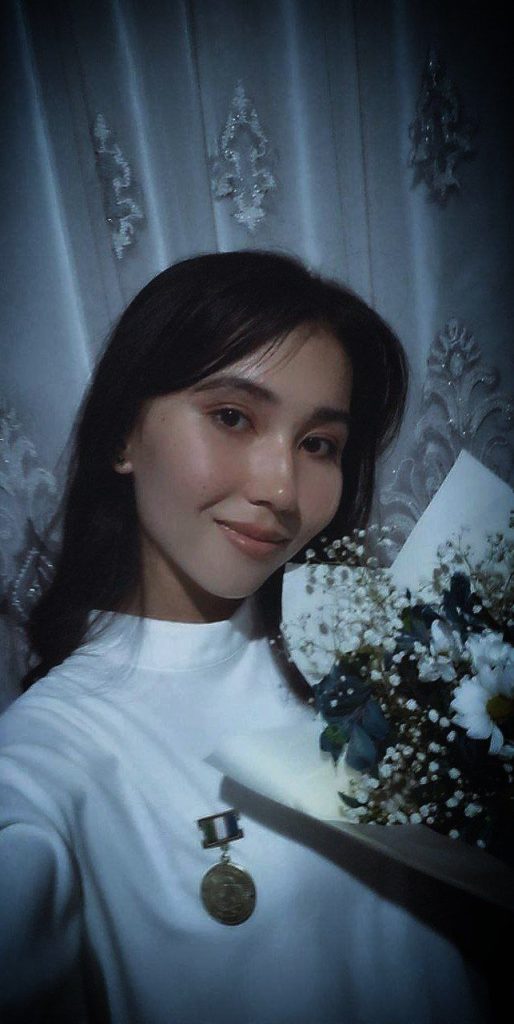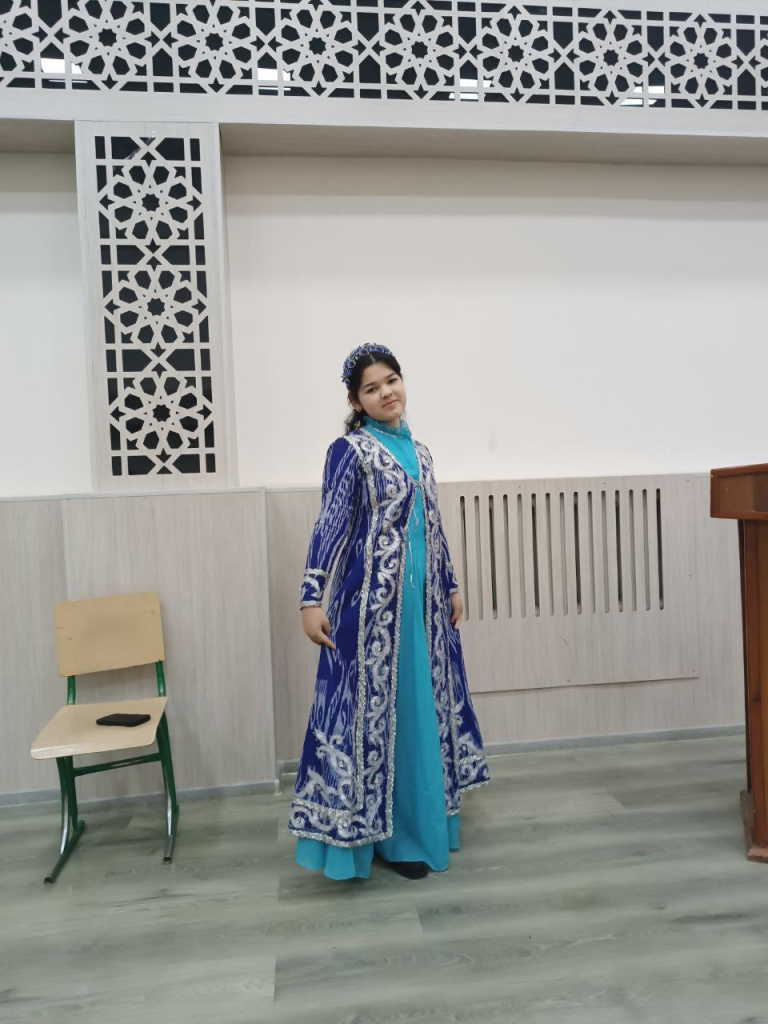
COMMUNICATIVE LANGUAGE TEACHING: PRINCIPLES AND PRACTICE.
Annotation: In recent years, CLT has become one of the most effective and popular methods in English language teaching. So, this article discusses the basic principles and practical application of the communicative language teaching (CLT) method, which is widely used in English language teaching. The article emphasizes the importance of real-life communication and interactivity between students in language learning. It also explains the basics of the CLT method – such as focusing on fluency, meaningful communication and student-centered teaching. The article describes how students’ communicative competence can be developed through classroom activities such as role-playing games and group discussions. Finally, the advantages of the CLT method are emphasized – it helps to develop motivation, self-confidence and fluency. This article may be useful for English language teachers and students preparing to become teachers.
Key words: language teaching methods, fluency development, learner-centered approach, speaking activities, real-life communication, motivation.
One of the most important and fundamental principles of CLT is to learn a language through real-life interactions, not just by memorizing grammar rules. This method focuses on speaking clearly and fluently rather than on grammatical errors. In CLT, the teacher plays a key role in helping students use the language in a purposeful and meaningful way. Unlike traditional, teacher-centered approaches, CLT is student-centered, meaning students are very active participants. For example, instead of translating sentences based on certain rules, students are asked to tell their partner their daily routine or talk about topics they encounter in everyday life. In such situations, students learn to use the language naturally and can speak confidently in real-life situations.
A range of classroom exercises are used in Communicative Language Teaching (CLT) to motivate students to interact and have meaningful conversations. The exercises are intended to give students useful English assistance while reflecting real-world scenarios. Role-playing, group discussions, pair work, problem-solving exercises, and information gap exercises are among the most popular activities. Instead of merely memorising or repeating grammar, these exercises enable students to actively engage with the language. For instance, in a role-playing game, one student assumes the role of a user administrator, while the other assumes the role of a user registering. This enables students to engage in communicative tasks by posing, observing, or asking questions that are relevant to everyday circumstances. Information exchange exercises are another popular approach, in which students are given a portion of the material and must communicate with one another in English to finish the task. These kinds of activities add interest and effectiveness to the language learning process. For instance, whereas one student might have a list of travel-related activities, another might have a bus schedule. When answering questions about vacation planning, they will need to use verb tenses, everyday vocabulary, and other language. Students gain confidence, teamwork, speaking and listening skills, and the capacity to think in English through these interactive, goal-oriented activities. Through these exercises, they improve their real-world language skills and get ready for successful communication outside of the classroom.
For language learners of all ages, the communicative language teaching (CLT) approach offers a number of significant benefits that make it enjoyable in addition to being effective. Its ability to foster a supportive and engaging learning environment is among its most significant benefits. Students can express themselves freely and develop confidence in such a setting. This lessens the anxiety that comes with making mistakes when learning a language. Students practise more and progressively improve their fluency when they are not afraid to speak.
Second, the CLT approach enhances students’ communication abilities, particularly their capacity for listening and speaking clearly. In a pair assignment, for instance, students are tasked with organising a trip together. They are compelled to discuss subjects like time, travel, and competition, which leads to meaningful language learning. CLT’s capacity to inspire students and heighten their interest in the lesson is another significant benefit. because the tasks are frequently enjoyable, creative, or relatable to real life.
Students are inspired to be more active as a result. They consequently take charge of their language proficiency development and engage in the active learning process. The CLT approach also helps students improve their problem-solving, collaboration, and critical thinking abilities. They practise speaking up, listening to others, sharing ideas, and coming up with solutions when they work in groups. These “soft” skills are crucial for academic and professional settings in addition to language learning. Generally speaking, CLT gives students critical social skills that are necessary in everyday life in addition to language.
In conclusion, Communicative Language Teaching (CLT) is a strong and useful method that is changing the way English is taught and learnt. CLT helps students become more fluent, confident, and practical with their language skills by having them learn through real-life situations. It helps with language skills as well as social, cognitive, and emotional growth through activities that involve the learner and methods that focus on the learner. As methods for teaching languages change, CLT is still a useful and inspiring way to teach people how to communicate effectively in today’s world. Because of this, CLT should be the main focus of English classes today.
References:
1.Brown, H. D. (2007). Principles of Language Learning and Teaching (5th ed.). Pearson Education.
2.Richards, J. C., & Rodgers, T. S. (2014). Approaches and Methods in Language Teaching (3rd ed.). Cambridge University Press.
3.Larsen-Freeman, D., & Anderson, M. (2011). Techniques and Principles in Language Teaching (3rd ed.). Oxford University Press.
4.Harmer, J. (2007). The Practice of English Language Teaching (4th ed.). Pearson Longman.
5.Littlewood, W. (2004). The Task-Based Approach: Some Questions and Suggestions. ELT Journal, 58(4), 319–326.
6.Savignon, S. J. (2002). Interpreting Communicative Language Teaching: Contexts and Concerns in Teacher Education. Yale University Press.
7.Nunan, D. (1991). Language Teaching Methodology: A Textbook for Teachers. Prentice Hall.
8.Scrivener, J. (2011). Learning Teaching: The Essential Guide to English Language Teaching (3rd ed.). Macmillan Education.
Panoyeva Jasmina O’tkirovna was born November 14, 2006, in the Shofirkon district of Bukhara region. She graduated with a gold medal from School No. 13 in Shofirkhon, demonstrating academic excellence and dedication.
Currently, she is a first-year student at Bukhara State Pedagogical Institute, majoring in Foreign Languages and Literature. Jasmina is an intellectually curious and active young woman who regularly participates in the Zakovat intellectual game, showcasing her critical thinking and broad knowledge.
In addition to her academic and intellectual pursuits, Jasmina has also contributed as a volunteer to several environmental projects, reflecting her strong sense of social responsibility and commitment to sustainable development.
With her passion for learning and active involvement in both academic and social initiatives, Jasmina continues to grow as a promising and motivated student, ready to make meaningful contributions to her field and community.



